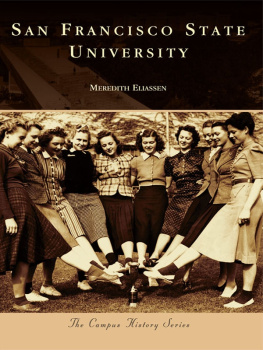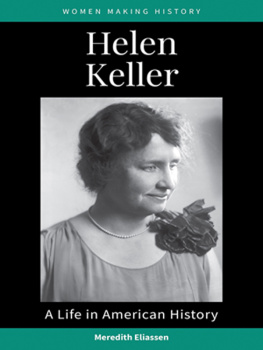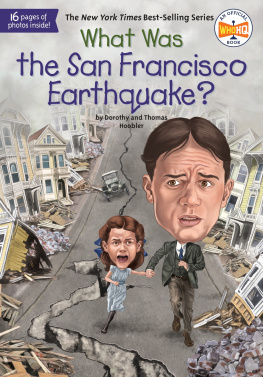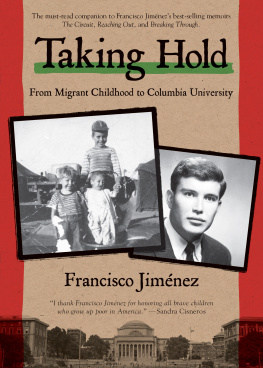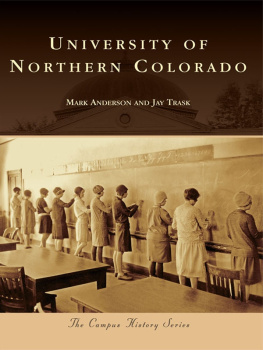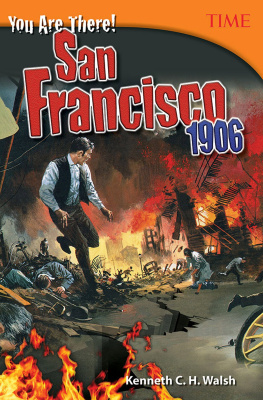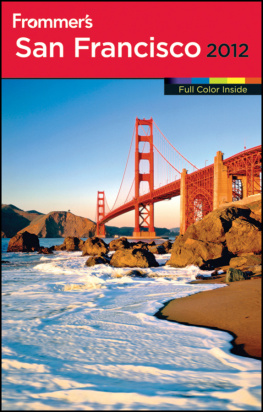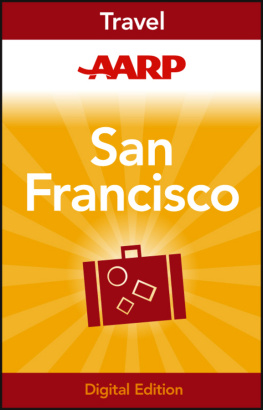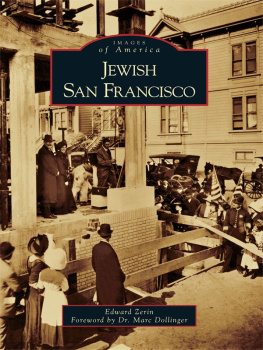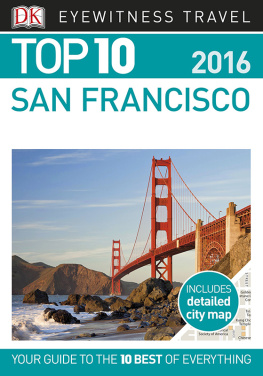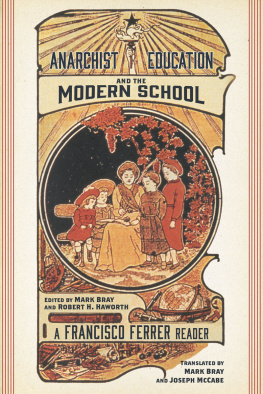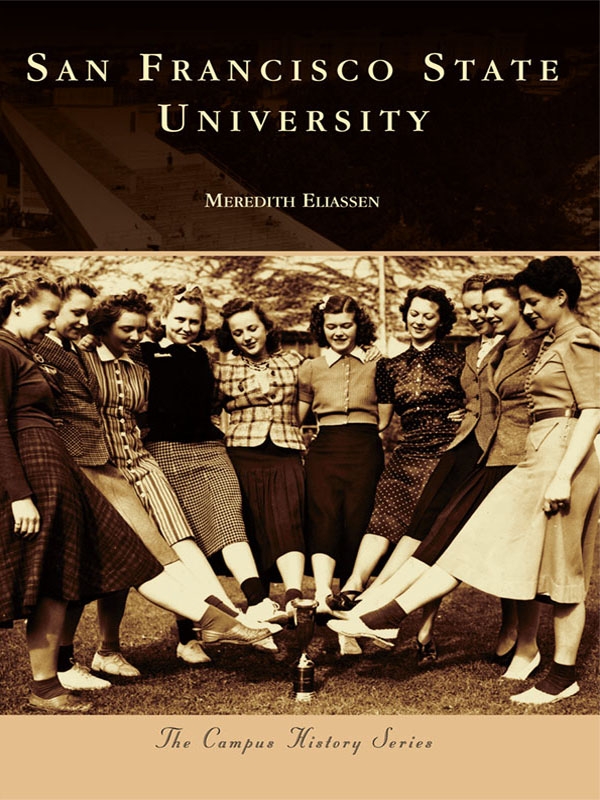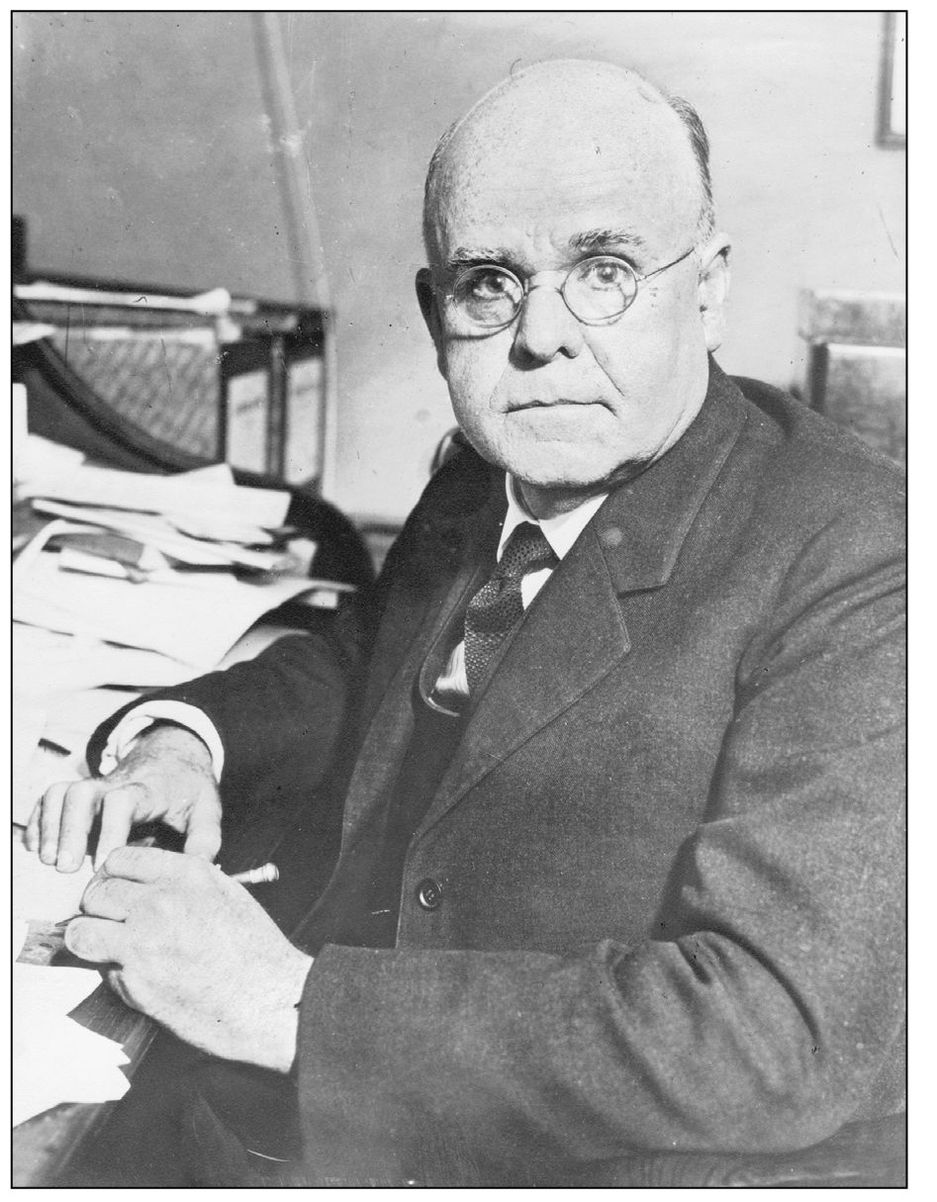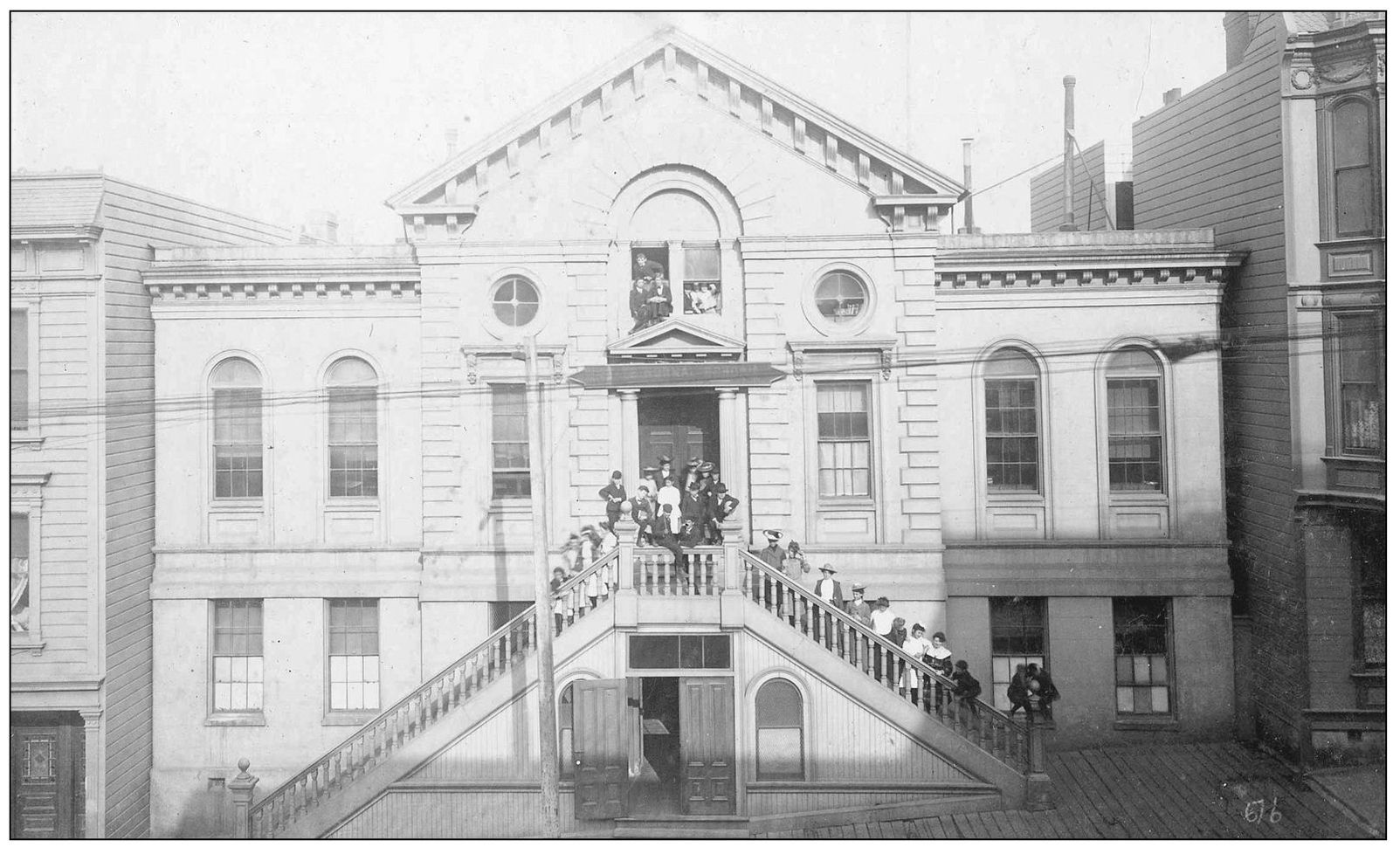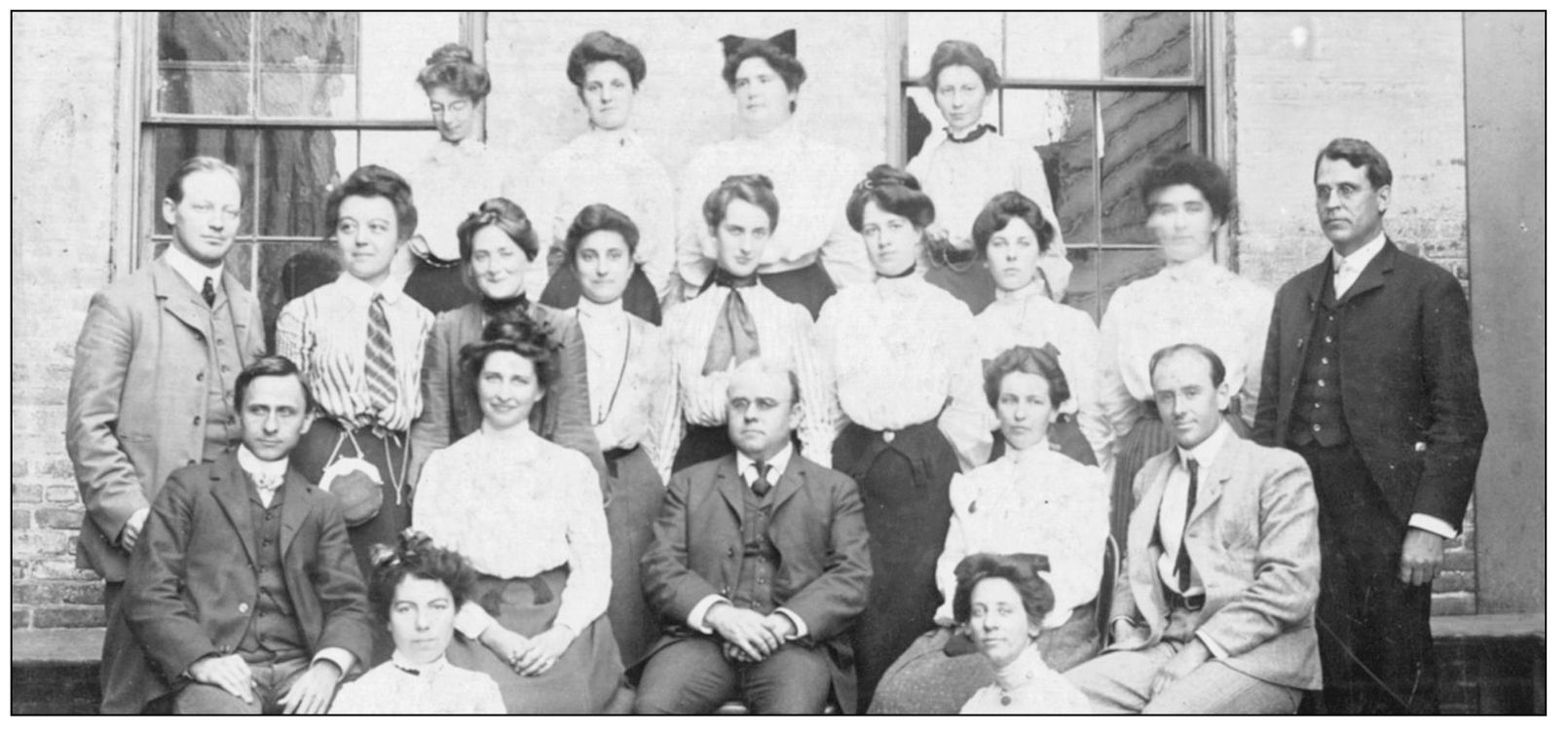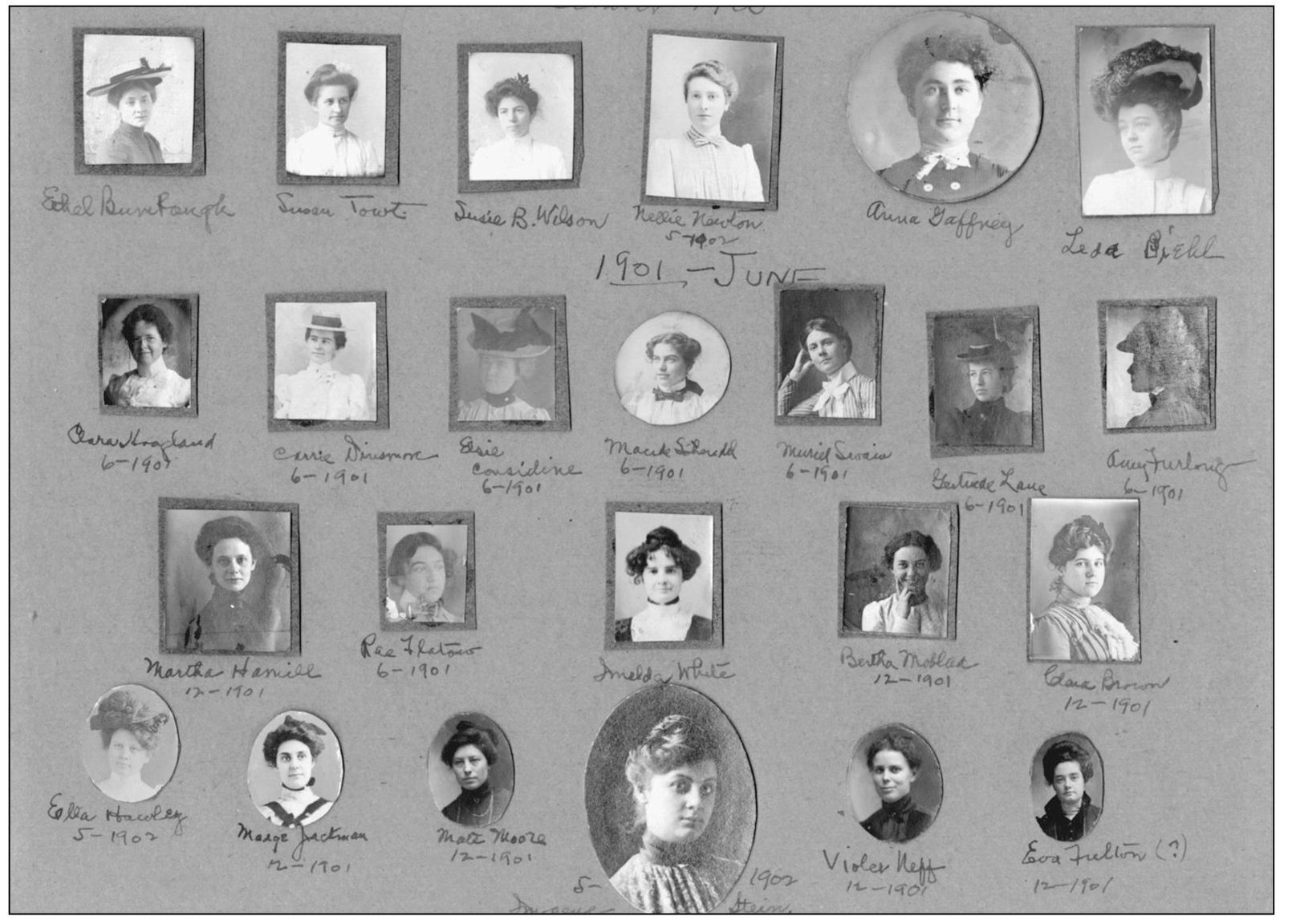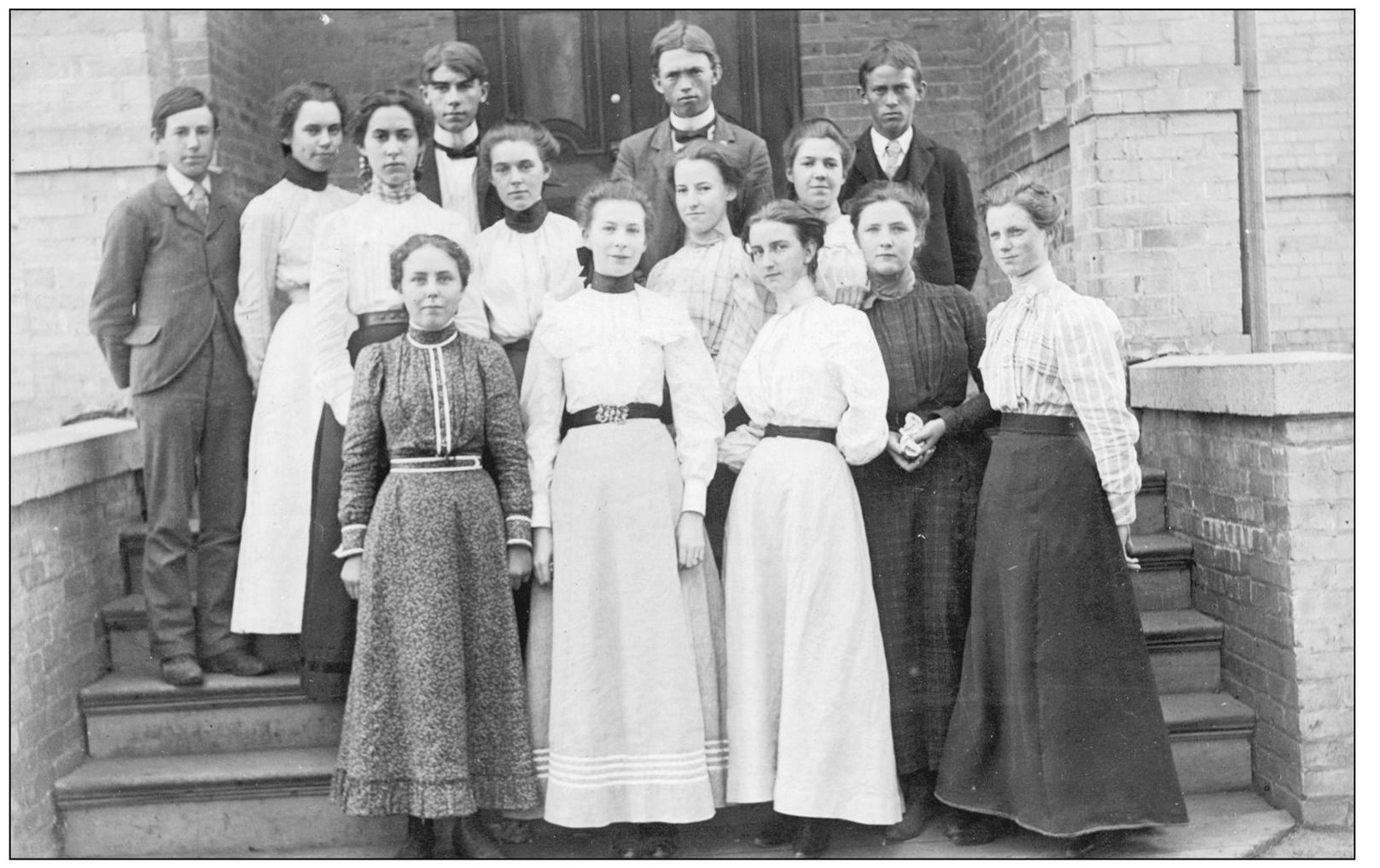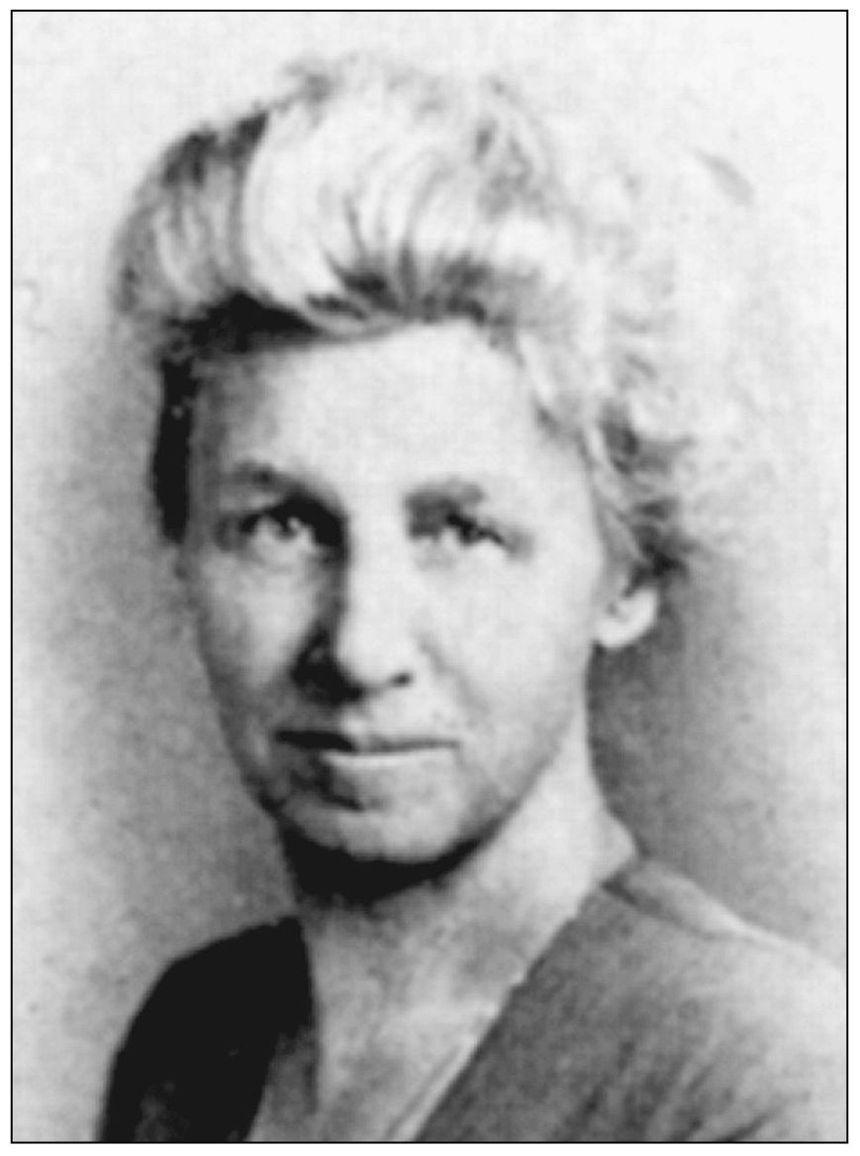Meredith Eliassen - San Francisco State University
Here you can read online Meredith Eliassen - San Francisco State University full text of the book (entire story) in english for free. Download pdf and epub, get meaning, cover and reviews about this ebook. year: 2007, publisher: Arcadia Publishing, genre: Politics. Description of the work, (preface) as well as reviews are available. Best literature library LitArk.com created for fans of good reading and offers a wide selection of genres:
Romance novel
Science fiction
Adventure
Detective
Science
History
Home and family
Prose
Art
Politics
Computer
Non-fiction
Religion
Business
Children
Humor
Choose a favorite category and find really read worthwhile books. Enjoy immersion in the world of imagination, feel the emotions of the characters or learn something new for yourself, make an fascinating discovery.
- Book:San Francisco State University
- Author:
- Publisher:Arcadia Publishing
- Genre:
- Year:2007
- Rating:5 / 5
- Favourites:Add to favourites
- Your mark:
San Francisco State University: summary, description and annotation
We offer to read an annotation, description, summary or preface (depends on what the author of the book "San Francisco State University" wrote himself). If you haven't found the necessary information about the book — write in the comments, we will try to find it.
San Francisco State University has promoted educational excellence for more than a century. Established as a vocational school for teachers, it became the first such institute in the United States to require a high school diploma. As the school expanded its curriculum, it became San Francisco State Teachers College (1921), San Francisco State College (1935), and San Francisco State University (1972). Known as the Citys University, San Francisco State is situated on a park-like campus in the southwest corner of San Francisco. The schools mottoexperience teachescommunicates its pragmatic approach to education, and SFSU has developed many internationally respected programs over the years. The schools fascinating history includes complete destruction by the 1906 San Francisco earthquake and fire, as well as a five-month student/faculty strike during the late 1960s, which resulted in the founding of the first School of Ethnic Studies (1969) in the United States.
Meredith Eliassen: author's other books
Who wrote San Francisco State University? Find out the surname, the name of the author of the book and a list of all author's works by series.

